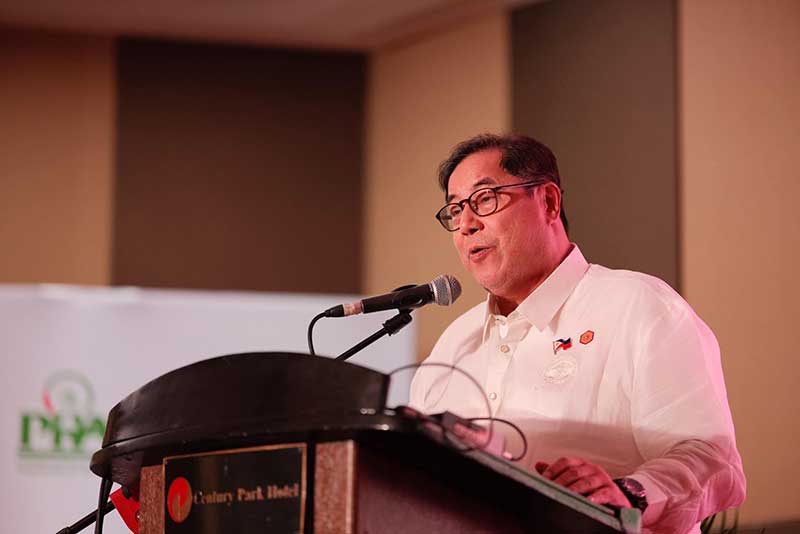
By Rjay Zuriaga Castor
Department of Health (DOH) Secretary Teodoro J. Herbosa said mammogram screening, used for early detection of breast cancer among women, should be included in the benefit packages and services of the Philippine Health Insurance Corporation (PhilHealth).
The DOH secretary emphasized the need for women to be screened or diagnosed early to reduce the risk of cancer spreading either in the breast or in the nearby lymph nodes, or both.
“The problem [with mammogram] is it is expensive since it ranges from P5,000 to P10,000, and I wish PhilHealth could cover the cost of the mammogram screening and not only the mammogram for the cancer patient,” he said at an event of the Philippine Press Institute in Manila on Wednesday evening, April 24.
Currently, PhilHealth’s “Z benefit package” only covers breast cancer patients, which includes services such as surgery, systemic therapy (cytotoxic chemotherapy, hormone therapy, and targeted therapy), and surveillance for patients.
In terms of early screening, the DOH secretary said the country’s rate is low due to the inaccessibility of screening procedures for most women belonging to low-income families.
“Women from lower-income families often get themselves checked when the cancer is already in stage 2, and we have to note that cancer is a highly progressive disease that spreads at an increased rate. The next time they seek treatment, the case is already worse,” he said.
According to Herbosa, in the country, only one percent of Filipino women are diagnosed with stage 1 or stage 2 cancer, and about 12,000 die every year from breast cancer.
“Our framework is education, early screening, early diagnosis, and early treatment. That is how we should approach cancer,” he said, emphasizing that most women do not understand their risk of breast cancer.
While mammograms are recommended for women aged 40 to 50, Herbosa urged women to get mammogram screenings as early as age 35 to reduce the risk.
The DOH reported that the country currently has 15 medical linear accelerators, but 29 more are needed to accommodate all breast cancer patients.
Herbosa also hopes for the country to have proton beam therapy, a type of radiotherapy that enables a dose of high-energy protons to be precisely targeted at a tumor, reducing the damage to surrounding healthy tissues and vital organs.
“One of my dreams is to build a proton beam therapy facility in the country. We are a country of 117 million, and we don’t even have one proton beam therapy facility. I need to build at least one, or at least start building one,” he said.
The DOH secretary aims to establish the therapy facility in the yet-to-be-constructed P6-billion cancer center at the University of the Philippines-Philippine General Hospital Cancer Center — the first Public-Private Partnership project of the Marcos Jr. administration.
Budget allocation for procuring such state-of-the-art radiation treatment is already in the pipeline, according to Herbosa.




















